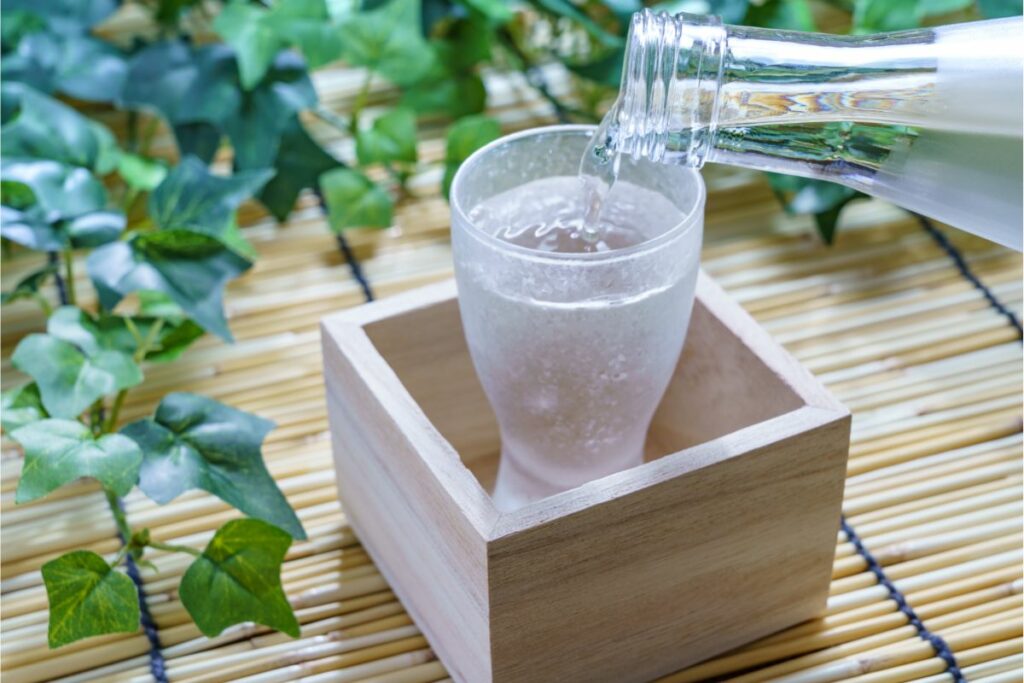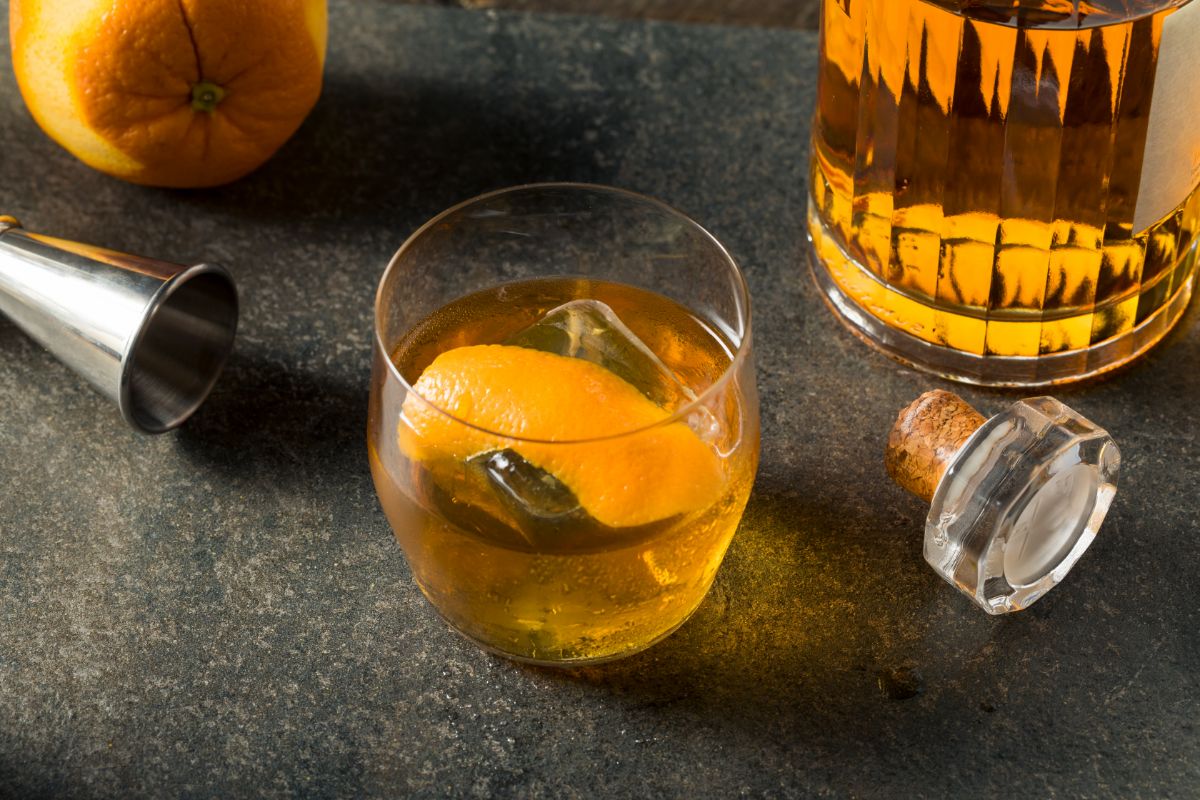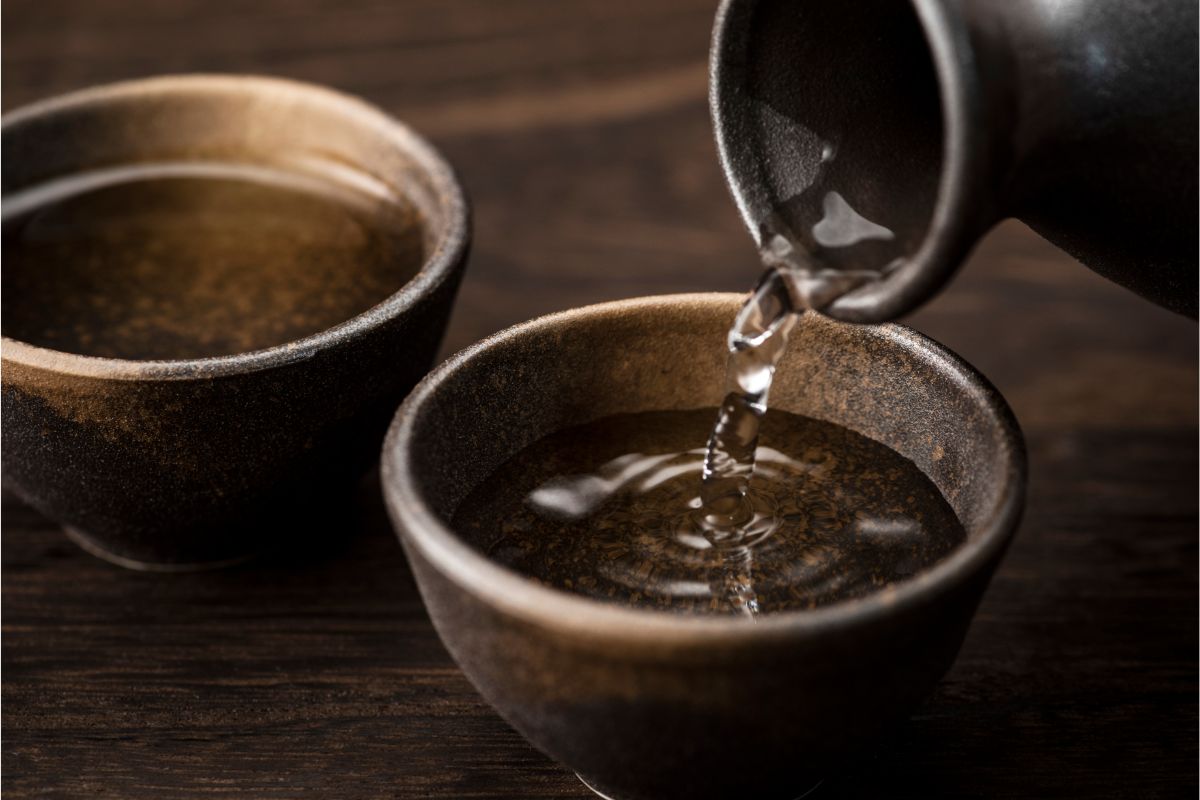In the past couple of decades, global consumption of Japanese culture has been on a significant rise, with many enjoying the food, the traditional drinks, as well as elements of popular culture, such as anime, fashion, and music.

Japanese alcohol has received global acclaim in many fields, with brands of beer, whiskey and other liquors winning countless awards on the global stage. One of the more traditional alcoholic beverages is sake. But what exactly is it?
What Is Sake?
Sometimes referred to as Japanese rice wine, sake (see also ‘What Is Gekkeikan Sake?‘) is an alcoholic beverage made from the fermentation of rice.
Whilst referred to as “wine”, and possessing a smell and taste that has the reminiscent fruity aromas of traditional wine, the brewing process is more similar to that used during beer production.
How Is It Made?
Sake is made by adding seemingly simple ingredients of rice, water, and an enzyme secreting fungus called koji-kin, to a yeast starter known as shubo.
Once this has been mixed together, it takes on the name Moromi, which is the name of the fermenting mash. The high yeast content of shubo encourages the fermentation process of the moromi.
Once this has been left for three days, a second batch of koji-kin, steamed rice, and water are added to the mash. This is called nakazoe.
On the fourth day of the fermentation process, the third stage (known as tomezoe) is completed, which involves a third batch of koji-kin, steamed rice, and water being added.
This creates a multiple parallel fermentation, which is a unique element to sake production. This process converts starch into glucose, which then converts itself immediately into alcohol.
Alcohol production is very quick due to the presence of yeast in the mix, and as such it is much more efficient, and responsible for the higher alcohol content found in sake.
Whilst fermentation can last as little as a couple of weeks, the whole process can take 2-3 months to complete.
This is then followed by a 9-12 month maturation period, where the sake is stored and chemically controlled.
History
Sake has been widely produced in Japan for much of its recorded history, with the first breweries operating throughout the Muromachi Period (1336-1573), and many modern sake producers descend from wealthy brewing families stretching from the Meiji restoration.
However, its true origins are relatively unknown.
The 3rd century Chinese text Book of Wei speaks of Japanese people drinking and dancing, but this alone doesn’t indicate the presence of sake specifically.
However, in the Kojiki (Japan’s first recorded history written in 712CE), alcoholic beverages are mentioned several times, and the historian Bamforth places the probable origin of traditional sake (using rice, water, and koji-kin) around the Nara Period, which lasted from 710CE to 794CE.
Since then there have been wide reports across various countries’ histories where explorers and travelers have made reference to Japan and their love and consumption of sake.
Some examples include 18th century German naturalist Engelbert Kaempfer and Dutch diplomat Isaac Titsingh, who published accounts which spoke of sake’s popularity amongst the Japanese people.
Modern Adaptations
Of course, with all traditions, they are adapted, honed, and reinterpreted as time goes on.
Whilst the love for sake is still prevalent, the way some people consume the beverage has changed dramatically.
One such example is the sake bomb, an aspect of modern bar culture which takes the traditional favorite and gives it a modern face lift.
What Is A Sake Bomb?
A sake bomb is a beer cocktail, which involves dropping a shot of sake into a glass of beer.
How To Make A Sake Bomb
A sake bomb can be made in several easy steps.
Firstly, pour some beer into a tall glass.
Next, fill a shot glass with sake. This can be warm or chilled, and is simply a matter of personal preference.
The next thing to do is to balance the chopsticks atop the pint glass, creating a v shape that is narrow enough for the shot glass to easily balance on top.
Once the shot glass has been balanced, the next step are the rituals, which are as important in modern sake traditions as they were in ancient times.
Drinking Rituals
As with the traditionalism surrounding the drink itself, a sake bomb comes with its own rituals. Two chopsticks are placed atop the pint of beer, and the sake shot is rested on the top.
Then the drinker slams their hand onto the table, causing the shot to fall into the beer and mix together.
It is common practice for the drink to be consumed as soon as the sake touches the beer, for maximum effect.
It is also common for drinkers to chant “ichi..ni..san.. Sake bomb!” (one, two, three, sake bomb!) before drinking, as well as shouting “kanpai!” (drink your cup dry), which in essence acts in the same way as “cheers” (English), “nostrovia” (Russian/Polish), “skal” (Scandinavian), or “slainte” (Irish/Gaelic).
If you simply wish to have a sake bomb without banging on the table (as this isn’t always appropriate), you can do this by not using the chopsticks, instead simply dropping the shot glass of sake into the beer, and consuming as you would a normal drink.
Final Thoughts
And there we have it, everything you need to know about the history of sake, the way it is produced, and the modern phenomenon of the sake bomb.
Sake, like much of Japanese culture, is steeped in tradition and rituals, and can be an enjoyable and meaningful way to spend time with friends and colleagues.
Despite its simplicity, the fun of a sake bomb is the ritual, and the group fun of chanting, slamming, and quickly consuming, making it ever popular amongst younger generations of people. Why not try one for yourself? We promise you won’t regret it!
But remember, always drink responsibly!
If you enjoyed this post, you might enjoy our article on ‘How To Open Japanese Soda‘.
- 16 Best Websites To Watch Japanese Movies With English Subtitles - May 11, 2023
- Is ZIPAIR The Best Airline For Traveling To Japan? - May 11, 2023
- Ryu Murakami Vs Haruki Murakami – Which One Should You Read? - May 11, 2023








